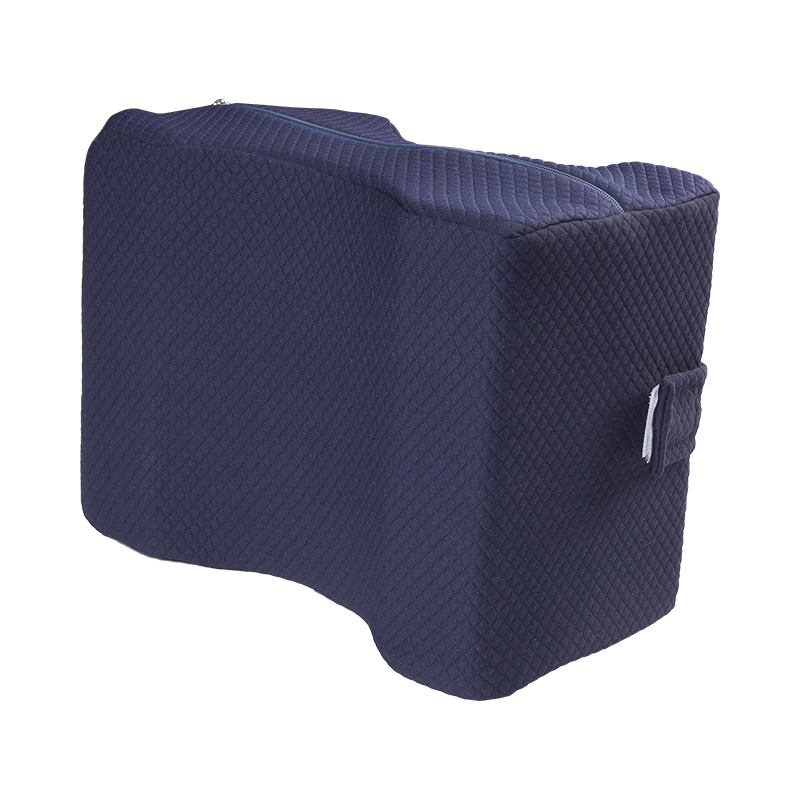When designing Multi-Functional Pillow And Cushions, balancing functionality and comfort is a key challenge. There may be a certain trade-off between the two, as too much focus on functionality may lead to a decrease in comfort, while the pursuit of comfort alone may weaken the practical value of the product. Here are specific ways to achieve a balance between functionality and comfort:
Identify the target user group
Analyze the needs: Different users have very different needs for pillows and cushions. For example, patients with cervical spondylosis need stronger support functions, while ordinary users may pay more attention to softness and comfort.
Customized design: Optimize the design according to the characteristics of the target user. For example, a cushion designed for pregnant women can take into account lumbar support and overall comfort while providing multiple ways of use.
Choose the right material
Functional material:
Memory foam: It can adapt to the curve of the human body and provide good support, suitable for users who need to relieve pressure.
Latex: It has natural antibacterial and breathable properties, suitable for people with allergies or those who pursue health.
Gel material: It can reduce temperature accumulation, suitable for summer use or users who sweat easily.

Comfortable materials: Down or fiber filling: Provides a soft touch and light experience, suitable for users who pay attention to sleep quality. High-stretch fabric: Increases flexibility, reduces oppression, and improves overall comfort. Comprehensive application: By combining functional materials (such as memory foam) with comfort materials (such as down), a balance between the two is achieved. Optimized structural design Partition design: Design different filling densities or shapes according to the needs of different parts. For example, setting up a headrest area, a neck support area, and a shoulder support area in the pillow can provide functional support while maintaining overall comfort. Adjustability: Adding height adjustment, hardness adjustment, or angle change functions allows users to freely adjust according to personal preferences, thereby taking into account functionality and comfort. Ergonomic design: Based on ergonomic principles, ensure that the shape of pillows and cushions conforms to the natural curve of the human body to reduce discomfort caused by long-term use. Incorporating intelligent technology Temperature regulation: Through phase change materials or heating/cooling systems, the pillow or cushion automatically adjusts according to the ambient temperature to improve comfort. Massage function: Built-in vibration motor or airbag system provides massage effect while maintaining a soft touch.
Pressure monitoring: Integrated sensors monitor the user's sleeping position or pressure distribution, and adjust the support force in real time to ensure optimal comfort and functionality.
Focus on detail design
Fabric selection: Use soft, breathable and easy-to-clean fabrics to enhance the user's tactile experience.
Edge treatment: Avoid hard edges or sharp corners to reduce friction and pressure.
Portability: For travel pillows or cushions, focus on lightweight and foldable designs while ensuring sufficient support.
Sustainability and environmental protection
Environmentally friendly materials: Choose recyclable or degradable materials to improve the comfort of the product and reduce the impact on the environment.
Durability design: By improving the durability of the product, the service life is extended and the replacement frequency is reduced, thereby indirectly improving the overall user satisfaction.
Case analysis
Memory foam pillow
Functionality: Memory foam can fit the curve of the head and neck and provide good support.
Comfort: By optimizing the thickness and density, avoid the problem of being too hard or too soft, and ensure comfort for long-term use.
Balance point: Find the best ratio between support and softness, while adding vents to improve heat dissipation.
Smart massage cushion
Functionality: Built-in vibration device and heating function to relieve muscle fatigue.
Comfort: Soft skin-friendly fabric and ergonomic design to ensure fit to body curves.
Balance point: Adjustable massage intensity and temperature settings allow users to adjust the functional intensity according to their needs.
When designing multifunctional pillows and cushions, the key to balancing functionality and comfort lies in a deep understanding of user needs, selecting appropriate materials and technologies, and continuously optimizing products through scientific design and testing. By organically combining functionality and comfort, you can create products that are both practical and enjoyable to meet diverse life scenarios and health needs.